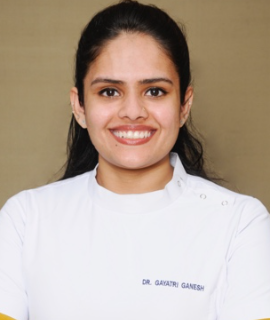Title: Platelet derived concentrates and Accelerated orthodontics – A promising future ??
Abstract:
The time duration associated with fixed orthodontic treatment continues to act as one of the primary deterrents in patients opting for the same. The sequelae of the extensive treatment duration is often associated with side effects such as white spot lesions, periodontal diseases and root resorption. Thus, devising methods to accelerate the tooth movement thereby hastening the regenerative process, persist to be one of prime goals of clinical research. Many surgical and non-surgical techniques have been developed by the researchers over the years to enhance the rate of tooth movement. The surgical approaches such as micro-osteoperforation or precision, though clinically effective, are not accepted by the patients due to their invasive nature. The effects of the non-surgical methods such as localised injection of biological agents such as parathyroid hormone, prostaglandins, vitamin D3 are still debatable. Techniques such as the application of photobiomodulation using low level lasers or LED, ultrasonic therapy or mechanical vibrations are also not popular due to their cumbersome and multiple applications to attain minor changes. Subsequently, accelerating the rate of orthodontic movement continues to be a highly desired outcome by the patient as well as the orthodontist, prompting continued research in this field.
Orthodontic tooth movement essentially involves bone remodeling comprising of alternate cycles of bone deposition and resorption. A significant source of autologous growth factors and cytokines are platelets, playing a crucial role in regenerative procedures. The platelets and their derived concentrates are widely used in dermatological procedures and in a few oral surgical and periodontal surgeries. Their application in orthodontics, until recently, was limited, till a few researchers suggested their role in accelerating tooth movement.
Moreover, their successful use for regenerative purposes in other fields has prompted researchers to experiment and verify the results for accelerating orthodontic tooth movement. However, due to limited human studies and wide applicability of different concentrates, their role largely remains unexplored in orthodontics.
Due to the promising results displayed by the limited studies, the derived concentrates can prove to be a game changer in accelerating tooth movement and trials need to be undertaken on a larger scale.




